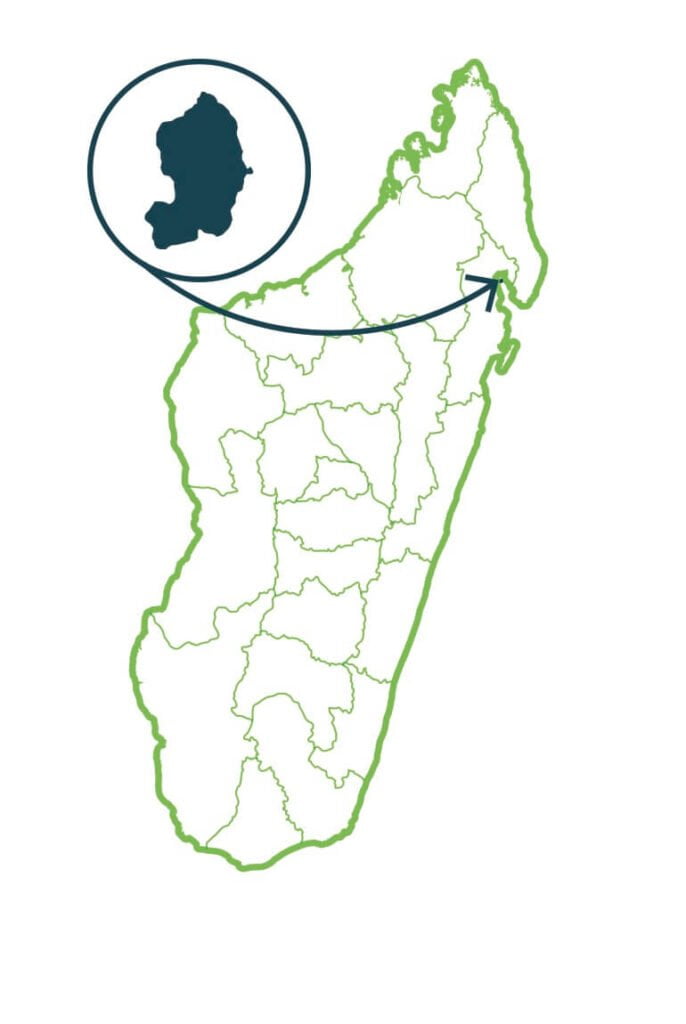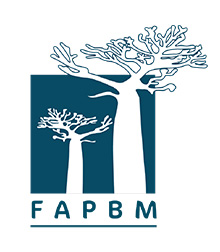Flagship Species
The park is formed by four islets: Nosy Mangabe, Nosy Milomboko, Nosy Haramy and Nosy Ravina. The islet Nosy Mangabe is totally covered with natural forests from the sea level to its highest peak. In terms of biodiversity, we can say that Nosy Mangabe, despite its relatively small size, is quite rich. The insularity implies a relatively reduced animal diversity in comparison with other forests of the same type on the mainland. However, reptiles are particularly abundant, probably due to the low level of disturbance and the scarcity and absence of certain species of raptor birds and carnivorous mammals. The park also supports local endemic species of amphibians: “Rhombophryne mangabensis” and “Stumpffia dolchi”.












